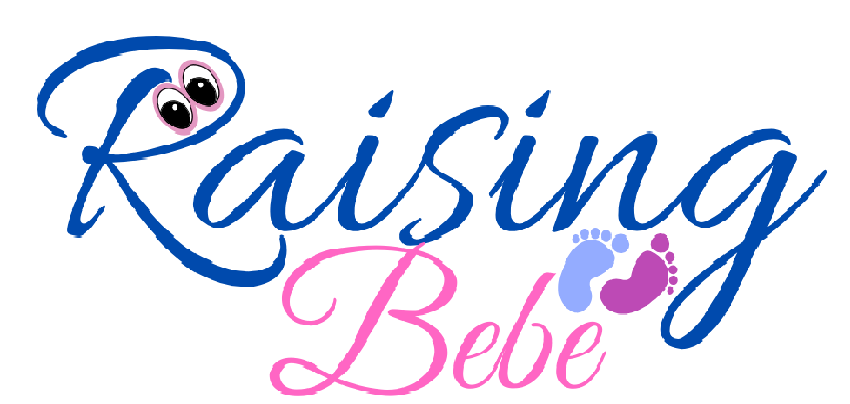Baby massage techniques are a powerful way to nurture your little one, providing comfort, relaxation, and a deeper bond between parent and child. Through gentle, rhythmic strokes, baby massage can help improve sleep, reduce fussiness, aid digestion, and promote overall well-being. Touch is one of the first senses a baby develops, making massage a natural and soothing practice that enhances their emotional and physical development. Whether you’re a new parent or looking to refine your skills, learning simple and effective baby massage techniques can make a meaningful difference in your baby’s daily routine. In this guide, we will explore step-by-step methods to help you confidently incorporate massage into your baby’s care routine.
Benefits of Baby Massage
Baby massage offers numerous physical and emotional benefits, including:
- Promotes Relaxation and Sleep – Gentle strokes help calm the nervous system, making it easier for babies to fall asleep and stay asleep longer.
- Enhances Bonding – The skin-to-skin contact during massage strengthens the emotional connection between parents and their baby.
- Aids Digestion – Massaging the baby’s tummy can relieve gas, constipation, and colic symptoms.
- Supports Muscle and Brain Development – Gentle pressure and movements stimulate muscle tone, flexibility, and overall coordination.
- Boosts Circulation and Immunity – Massage encourages better blood flow and helps strengthen the baby’s immune system.
Preparing for a Relaxing Session
To ensure a comfortable and effective massage, follow these preparation steps:
- Choose the Right Time – Pick a time when your baby is calm, alert, and not too hungry or too full.
- Create a Relaxing Environment – Find a warm, quiet space with soft lighting and minimal distractions.
- Use Gentle, Baby-Safe Oil – Opt for natural, fragrance-free oils like coconut or almond oil to prevent skin irritation.
- Ensure Comfortable Positioning – Lay your baby on a soft surface, like a blanket or a changing mat.
- Check Your Hands – Make sure your hands are clean, warm, and free from sharp jewelry.
Step-by-Step Baby Massage Techniques

1. Leg and Foot Massage
- Start by gently holding your baby’s leg and using your thumbs to stroke from the thigh to the ankle.
- Massage the soles of the feet in circular motions.
- Gently wiggle each toe to promote relaxation.
2. Tummy Massage
- Use gentle, clockwise circular motions with your fingertips on your baby’s belly.
- Place your hands at the navel and make outward sweeping motions.
- This technique helps relieve gas and supports digestion.
3. Chest and Arm Massage
- Place both hands at the center of your baby’s chest and gently stroke outward.
- Massage each arm by rolling it between your hands in a gentle, milking motion.
4. Back Massage
- Lay your baby on their tummy and use gentle strokes from the neck to the lower back.
- Use circular motions on the shoulders to ease tension.
5. Face Massage
- Lightly stroke the baby’s forehead with your fingertips.
- Gently rub around the eyebrows, nose, and jawline to relax facial muscles.
Tips for a Safe and Enjoyable Baby Massage
- Always be gentle and responsive to your baby’s cues. Stop if they show signs of discomfort.
- Keep the session short, around 10–15 minutes, especially for newborns.
- Talk or sing softly to your baby to enhance bonding during the massage.
- Be consistent but flexible—massage can be part of a bedtime routine or a relaxing morning ritual.
- Avoid massaging immediately after feeding or if the baby is sick.
Conclusion
Baby massage techniques provide a simple yet powerful way to nurture and connect with your baby. With regular practice, it can enhance relaxation, improve sleep, and support overall development. By following these easy steps, you can create a soothing experience that benefits both you and your baby, making massage an essential part of your daily care routine. Start incorporating baby massage today and enjoy the many rewards it brings!

